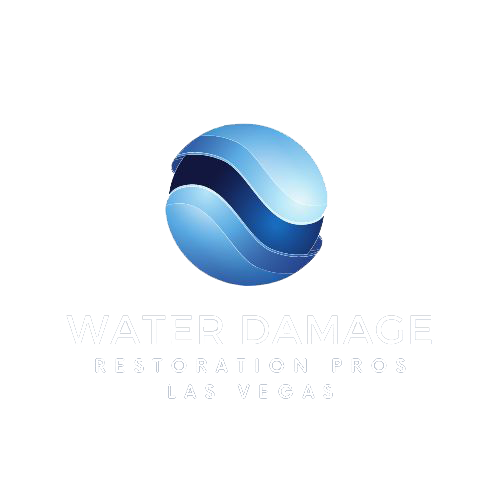.jpeg)
Introduction
Crawl space cleanups are an essential part of maintaining a healthy and functional home. However, during the process of cleaning and restoring crawl spaces, waste is generated that needs to be properly disposed of. This article will discuss the various aspects of disposing of waste in crawl space cleanups, including the importance of following proper protocols and the potential consequences of improper waste disposal.
1. Understanding the Types of Waste Generated in Crawl Space Cleanups
Before discussing waste disposal methods, it is essential to understand the types of waste generated during crawl space cleanups. Common types of waste found in crawl spaces include:
- Dirt and debris
- Old insulation materials
- Water-damaged materials
- Mold-infested materials
- Construction waste (e.g., nails, wood scraps)
Each type of waste requires specific disposal methods to ensure safety and compliance with environmental regulations.
2. Importance of Proper Waste Disposal in Crawl Space Cleanups
Proper waste disposal in crawl space cleanups is crucial for several reasons:
- Environmental Protection: Improper waste disposal can lead to soil and groundwater contamination, posing risks to the environment and human health.
- Compliance with Regulations: Local, state, and federal regulations govern waste disposal. Following proper disposal methods helps homeowners and contractors comply with these regulations and avoid legal issues.
- Preventing Pest Infestations: Leaving waste materials in crawl spaces can attract pests and vermin, compromising the cleanliness and integrity of the space.
- Ensuring Health and Safety: Proper waste disposal reduces the risk of exposure to hazardous materials, including mold spores and contaminants.
.jpeg)
3. Best Practices for Disposing of Waste in Crawl Space Cleanups
When it comes to disposing of waste in crawl space cleanups, it is essential to follow these best practices:
- Segregation of Waste: Separate different types of waste to facilitate recycling and proper disposal. Use designated containers or bags for each type of waste.
- Hazardous Material Identification: Identify and handle hazardous materials, such as mold-infested materials, according to appropriate regulations and guidelines.
- Proper Containment: Seal waste containers to prevent the release of dust, mold spores, or other contaminants. Use heavy-duty plastic bags or specially designed waste bins.
- Transportation: Follow transportation guidelines to ensure safe and secure transportation of waste materials without causing spillage or leakage.
- Disposal Methods: Dispose of waste materials according to local regulations and guidelines. This may include recycling, landfill disposal, or arranging for professional disposal services.
4. Consequences of Improper Waste Disposal in Crawl Space Cleanups
Improper waste disposal in crawl space cleanups can have severe consequences:
- Environmental Damage: Waste materials that end up in landfills or are improperly disposed of can harm the environment, polluting soil, water, and air.
- Health Risks: Improper disposal of hazardous materials can expose individuals to harmful substances, leading to respiratory problems, allergies, or other health issues.
- Legal Penalties: Failing to comply with waste disposal regulations can result in legal penalties, including fines and legal actions.
- Damage to Reputation: Improper waste disposal practices can tarnish the reputation of individuals or companies involved in crawl space cleanups, leading to loss of trust and credibility.
5. Conclusion
Proper waste disposal is a critical aspect of crawl space cleanups. By understanding the types of waste generated, following best practices for disposal, and being aware of the consequences of improper waste disposal, homeowners and contractors can ensure the safety of their environment, comply with regulations, and protect human health. It is always advisable to seek professional assistance for crawl space cleanups to ensure proper waste disposal and adherence to environmental regulations.


